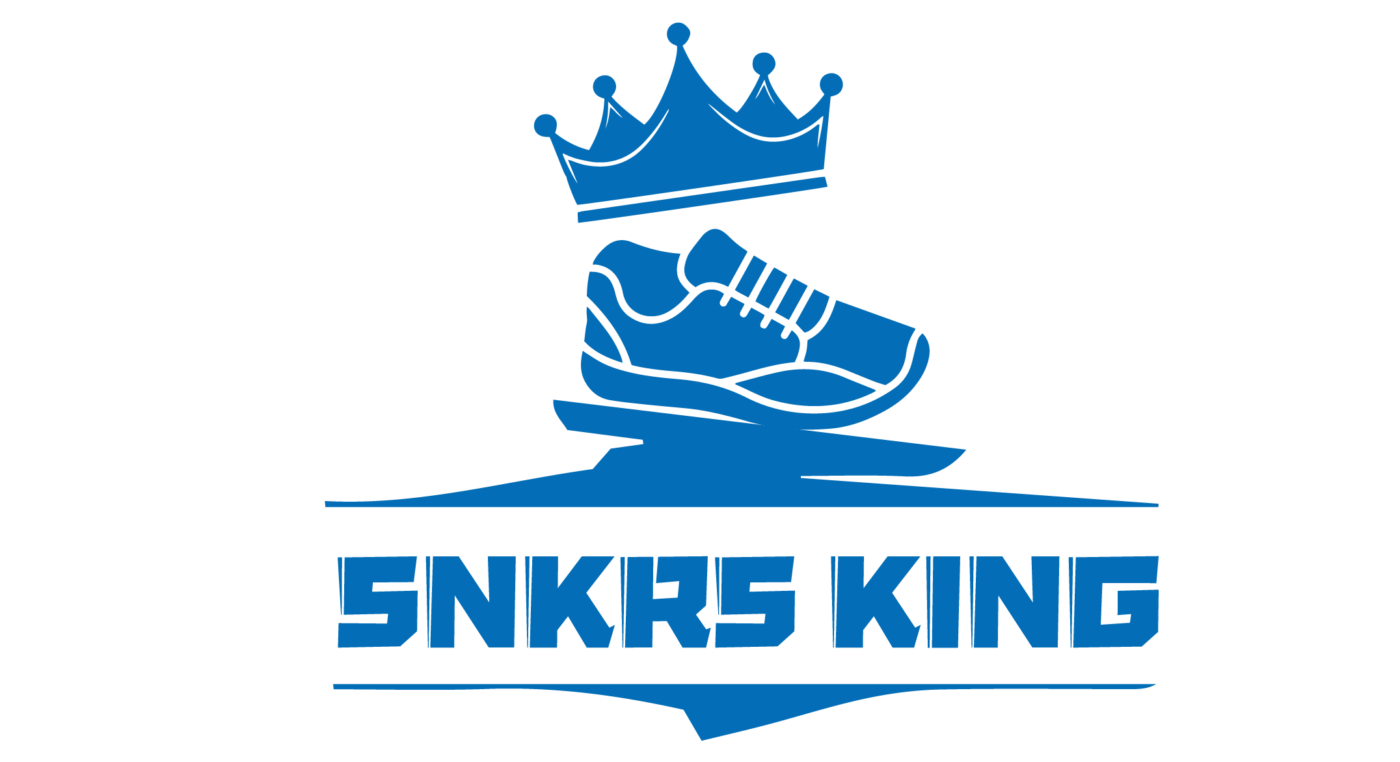Uncategorized
Unlocking Creativity Through Complexity in Learning and Play
Building upon the foundational idea that complexity enhances motivation and success, as discussed in How Complexity Boosts Engagement and Success, this article explores how deliberately integrating layered complexity nurtures creativity in learning and play. Recognizing that engagement is just the starting point, we delve into how complexity acts as a catalyst for innovative thinking, problem-solving, and expressive freedom, thereby transforming routine activities into powerful avenues for human development.
Table of Contents
- The Role of Complexity in Stimulating Creative Thinking
- Complexity as a Catalyst for Divergent and Convergent Thinking
- Designing Learning and Play Environments that Unlock Creativity
- Challenges and Considerations in Using Complexity to Enhance Creativity
- Measuring Creative Outcomes in Complex Learning and Play Contexts
- Bridging Back to Engagement and Success: The Creative Loop
The Role of Complexity in Stimulating Creative Thinking
Complexity challenges conventional, linear thought processes by introducing multi-layered problems that require flexible cognitive strategies. When learners encounter tasks with varying levels of difficulty, their brains are prompted to forge new neural pathways, fostering innovative approaches. For example, in mathematics education, presenting students with complex, real-world problems—such as designing sustainable cities—encourages them to think beyond rote calculations and develop creative solutions that integrate multiple disciplines.
Research indicates that tasks with optimal complexity not only boost motivation but also enhance creative output. A study by Vygotsky emphasized the importance of “proximal development,” where learners operate just beyond their current capability, often within complex environments that stimulate higher-order thinking. Striking the right balance between challenge and skill level is crucial; too much complexity can lead to frustration, while too little results in boredom. Therefore, designing activities that appropriately scale complexity is fundamental to unlocking creative potential.
Complexity as a Catalyst for Divergent and Convergent Thinking
Creative processes often rely on two complementary thought patterns: divergent and convergent thinking. Divergent thinking involves exploring multiple solutions and ideas, while convergent thinking focuses on narrowing options to select the most effective one. Layered complexities in activities—such as open-ended art projects or strategic games—encourage learners to expand their exploration, generating diverse ideas (divergence), then analyze and synthesize these ideas into coherent solutions (convergence).
For instance, designing a puzzle game with multiple solution paths invites players to experiment with different strategies, fostering flexible thinking. This layered complexity not only enhances problem-solving skills but also promotes resilience and adaptability—key traits of creative thinkers. Activities like brainstorming sessions, where constraints are intentionally varied, further exemplify how complexity nurtures both divergent and convergent thinking processes.
Designing Learning and Play Environments that Unlock Creativity
Creating environments that effectively leverage layered complexity involves establishing principles such as scaffolding, personalization, and progressive challenge. Educational games like “Minecraft: Education Edition” exemplify layered complexity, allowing learners to manipulate variables, construct structures, and solve problems at their own pace—thus fostering creative expression within a structured framework.
Case studies reveal that playful activities incorporating layered complexity—such as LEGO Robotics or storytelling workshops—stimulate innovative thinking by encouraging learners to experiment, fail, and iterate. Customizing complexity levels based on individual differences ensures that each learner or player remains engaged without feeling overwhelmed. Adaptive learning platforms that adjust difficulty dynamically exemplify this approach, providing a tailored pathway toward creative mastery.
Challenges and Considerations in Using Complexity to Enhance Creativity
While layered complexity can catalyze creativity, it must be implemented carefully to avoid cognitive overload—a state where excessive information hampers thinking and reduces motivation. Recognizing the limit of an individual’s working memory is essential; activities that are too complex may lead to frustration rather than innovation.
Furthermore, not all complexity is beneficial. Overly convoluted tasks can obscure goals and diminish confidence. Strategies such as scaffolding—breaking tasks into manageable steps—and providing clear feedback help maintain a balance. For example, in STEM education, scaffolded inquiry-based projects gradually increase complexity, supporting learners at each stage and fostering sustained creative engagement.
Measuring Creative Outcomes in Complex Learning and Play Contexts
Assessing creativity within complex environments involves both qualitative and quantitative indicators. Quantitative measures include the number of unique solutions generated, while qualitative assessments focus on originality, flexibility, and elaboration of ideas. Observational techniques, such as coding behaviors for signs of divergent thinking—like idea fluency and flexibility—provide rich insights into creative engagement.
Long-term impacts can be gauged through portfolio assessments, reflective journals, and performance over time. For example, tracking a learner’s ability to adapt solutions across different contexts demonstrates the development of flexible thinking fostered by layered complexity activities.
Bridging Back to Engagement and Success: The Creative Loop
Fostering creativity through layered complexity creates a positive feedback loop that amplifies motivation and achievement. As learners solve increasingly complex problems and express original ideas, they experience a sense of mastery and confidence, which fuels further engagement. This cyclical process—where engagement begets complexity, leading to creative success, which in turn enhances engagement—aligns with findings from motivational theories such as Self-Determination Theory.
“When complexity is thoughtfully integrated into learning and play, it not only sparks creativity but also ignites a lifelong passion for exploration and innovation.”
In conclusion, embracing layered complexity as a strategic tool in educational and playful contexts unlocks human potential by stimulating creative thinking, fostering problem-solving skills, and nurturing expressive freedom. This integrated approach transforms routine activities into dynamic processes of discovery—ultimately enriching the human experience in learning and play.
